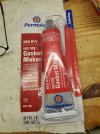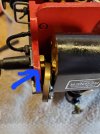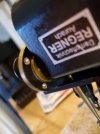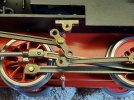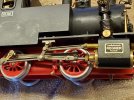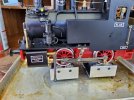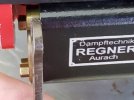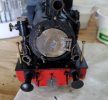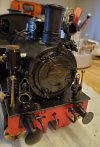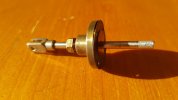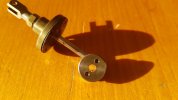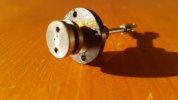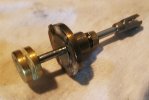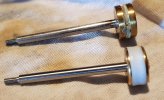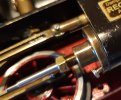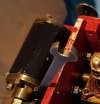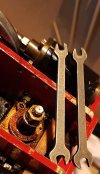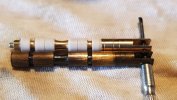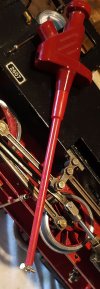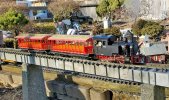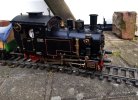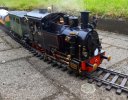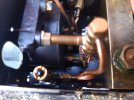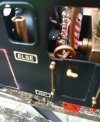And we're back . . .
(Or is that too american?)
Anyway, today was the first time I had a chance to test my newly-fixed Else. I should have been back in FL in October with plenty of time to run on the Calusa Creek RR (my friend Jack's garden railway.) Unfortunately Hurricane Ian had other plans, so we had to hastily find alternate lodgings for the winter if we were to avoid the cold in the north. On a visit to our FL home I packed Else and took her back to MD.
Despite a few steam leaks, and my forgetting that to make it go you have to open the throttle (duh!) all was well.
View attachment 309299
And to prove it, here's the video:
P.S. What do you think of my Amusement Park "toast-rack" coaches? They are New Bright 'Disneyland' from 20 years ago, and I fitted new metal wheels.

